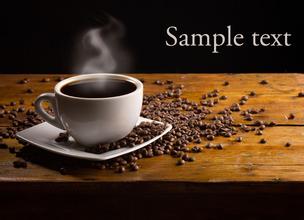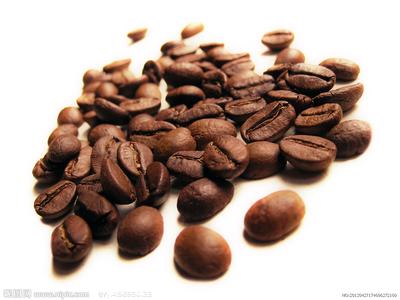How to drink Arabica coffee beans at the characteristic price
How to drink Arabica coffee beans at the characteristic price
Geisha is a kind of coffee endemic to Panama. In recent years, it has been known as the "boutique queen" in just a few years. It can be regarded as the treasure of Panamanian coffee. At present, the output is low and the price is high. Coffee farmers claim to have only discovered it in recent years, but this is not the case. Geisha not only appeared in Panama as early as 1960, but many cultivation units in Panama also have many seeds of Geisha. Willem Boot predicts a significant increase in the number of Geisha coffee varieties in Panama in five years' time, and advises roasters not to rush. In 1931, it was found in southwestern Ethiopia, where there are many different names, such as Gesha. It was imported to Kenya in 1931 and 1932 under the name of Abyssinian and Geisha respectively. In 1936, Kenya took the harvested Geisha seeds to Uganda and Tanzania for planting. In July 1953, Tanzania sent its offspring to Costa Rica, leaving the mother tree in its own country. In 1960, Geisha was formally cultivated in Panama through CATIE. Geisha has a good aroma, sweet and dry finish, distinctive fruit flavor, with bright sour fruit flavors, such as tamarind, mango and papaya, which is very supple and can be compared with Ethiopian waterwashed beans.
In the end, what variety did Willem Boot choose?
No need to get in the way, it must be Geisha!
He bought ten thousand Geisha seedlings and decided to plant them next summer.
Coffea Robusta is actually a mutant of Coffea Canephora.
Timor is a mating species of Arabica and Robusta, which has strong resistance to leaf disease.
CATIE-Tropical Agronomic Center for Research and Education
[References]
1. Willem Boot, "Variety is the Spice of Coffee-Geisha & Other Varietals," Roast~Magazine, May | June, 2006 p. 26-29.
two。 Taguchi, translated by Huang Wei, "Coffee Collection," Building Block Culture, p. 8-21.
3. Kenneth Davids, translated by Xie Borong, the complete Book of self-Baking of Coffee, Building Block Culture, p. 100
4. Mary Banks, Christine McFadden, Catherine Atkinson, Zhou Yuwei & Xu Shuilong, World Coffee Encyclopedia, p. 56-59

Important Notice :
前街咖啡 FrontStreet Coffee has moved to new addredd:
FrontStreet Coffee Address: 315,Donghua East Road,GuangZhou
Tel:020 38364473
- Prev

How to calculate the four principles of coffee baking curve
How to calculate the four principles of coffee baking curve after roasting, coffee must be cooled in time and stop pyrolysis at high temperature, so that the flavor can be locked to prevent loss. Generally shallow beans will be more light and refreshing flavor, and the flavor performance is very rich, flower fruit acid some tea taste is the flavor performance of this kind of beans. And medium baking is a more balanced performance.
- Next

Extraction rate Formula of hand Coffee-Delon Coffee Machine Extractor cleaning
Formula of extraction rate of hand-brewed coffee-Delon coffee machine extractor will first go through the "steaming stage", the time is about 15 to 30 seconds, let the coffee powder absorb water, the coffee powder will expand, and produce another aroma, the longer the steaming time, the stronger the coffee flavor, usually the amount of steaming water is twice that of coffee powder, for example, 30 grams of coffee powder, about 60cc
Related
- Beginners will see the "Coffee pull flower" guide!
- What is the difference between ice blog purified milk and ordinary milk coffee?
- Why is the Philippines the largest producer of crops in Liberia?
- For coffee extraction, should the fine powder be retained?
- How does extracted espresso fill pressed powder? How much strength does it take to press the powder?
- How to make jasmine cold extract coffee? Is the jasmine + latte good?
- Will this little toy really make the coffee taste better? How does Lily Drip affect coffee extraction?
- Will the action of slapping the filter cup also affect coffee extraction?
- What's the difference between powder-to-water ratio and powder-to-liquid ratio?
- What is the Ethiopian local species? What does it have to do with Heirloom native species?

